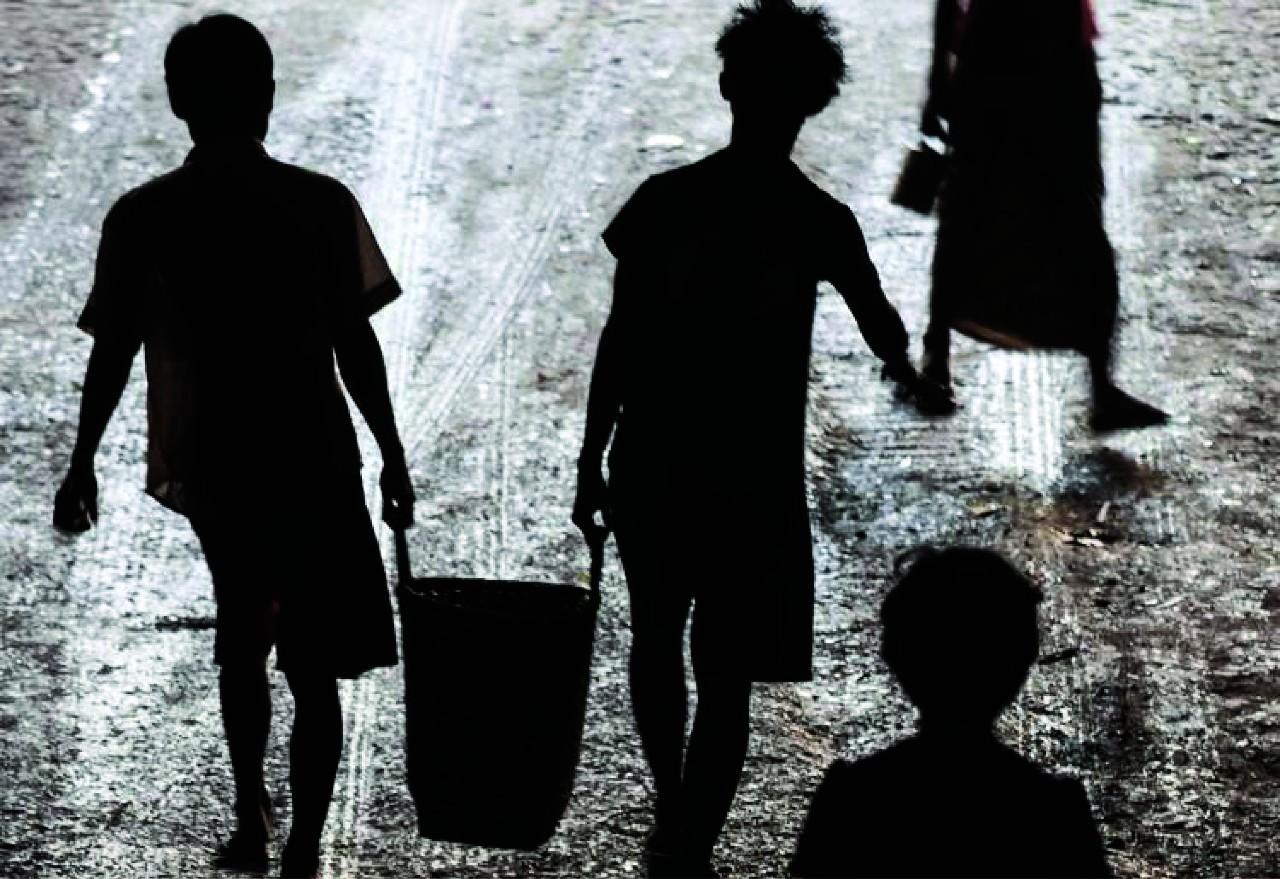People’s Pulse Survey shows alarming effects of pandemic and political crisis
Myanmar urban poverty rates set to triple, new United Nations survey finds
December 1, 2021

According to the survey, the textile, tourism, hospitality, and construction sectors have been particularly hard hit by the pandemic and the political upheaval, as have small and medium enterprises.
Yangon – Urban poverty in Myanmar will triple under the combined threat of the COVID-19 pandemic and the ongoing political crisis, a new survey from the United Nations Development Programme (UNDP) finds.
The People’s Pulse Survey, a poll of respondents across Myanmar taken in May and June of 2021, measured the socioeconomic situation of households since the political transition in February 2021.
The results confirmed UNDP’s projections earlier this year that by early 2022, nearly half of Myanmar’s 55 million population – some 25 million people – will be living below the national poverty line. There now appears little doubt that the country’s poverty headcount is likely to return to levels not seen since 2005, effectively erasing 15 years of pre-pandemic economic growth.
“The rising levels of poverty is not just about the lack of incomes to survive but we are also seeing a significant risk to nutrition, health and education, which will negatively impact on the human capital of the next generation,” said the survey report.
Kanni Wignaraja, Director of the UNDP Regional Bureau for Asia and the Pacific, expressed alarm at Myanmar’s rapid descent into a state of fragility.
“A slide into poverty of this scale could mean the disappearance of the middle class – a bad omen for any rapid recovery from this crisis,” she noted.
States such as Chin and Rakhine, already in the grip of poverty prior to the pandemic and the military takeover, are projected to retain high poverty levels. But in major urban areas like Mandalay and Yangon, there will not only be more poor but those already poor will fall further below the poverty line.
According to the survey, the textile, tourism, hospitality, and construction sectors have been particularly hard hit by the pandemic and the political upheaval, as have small and medium enterprises. These industries are concentrated in Myanmar’s urban areas, where congestion, poor infrastructure, and limited access to piped water and other services are exacerbating the spread of the virus.
The survey also indicated a mass depletion of household savings, with about one-third of families in urban areas using savings to supplement their reduced incomes and half claiming to have no savings left. Some 27 percent of urban households report having sold a motorbike, often the main mode of transportation, to make ends meet.
Cash is in increasingly short supply. Myanmar’s largest Bank, KBZ, has been limiting cash withdrawals to approximately USD120 a day in the local currency. Meanwhile, international remittances, a safety line for many vulnerable households, have been reduced by 10 percent.
The report warns that the rising poverty rates could produce severe knock-on effects for the country’s overall development.
“We estimate that the country needs to see 4 percent of GDP per year spent on social safety net measures. In a context where the economy is contracting sharply and revenues are collapsing, the absence of urgent remedial social investment could see households stuck in permanent poverty for many years to come.”

 Locations
Locations